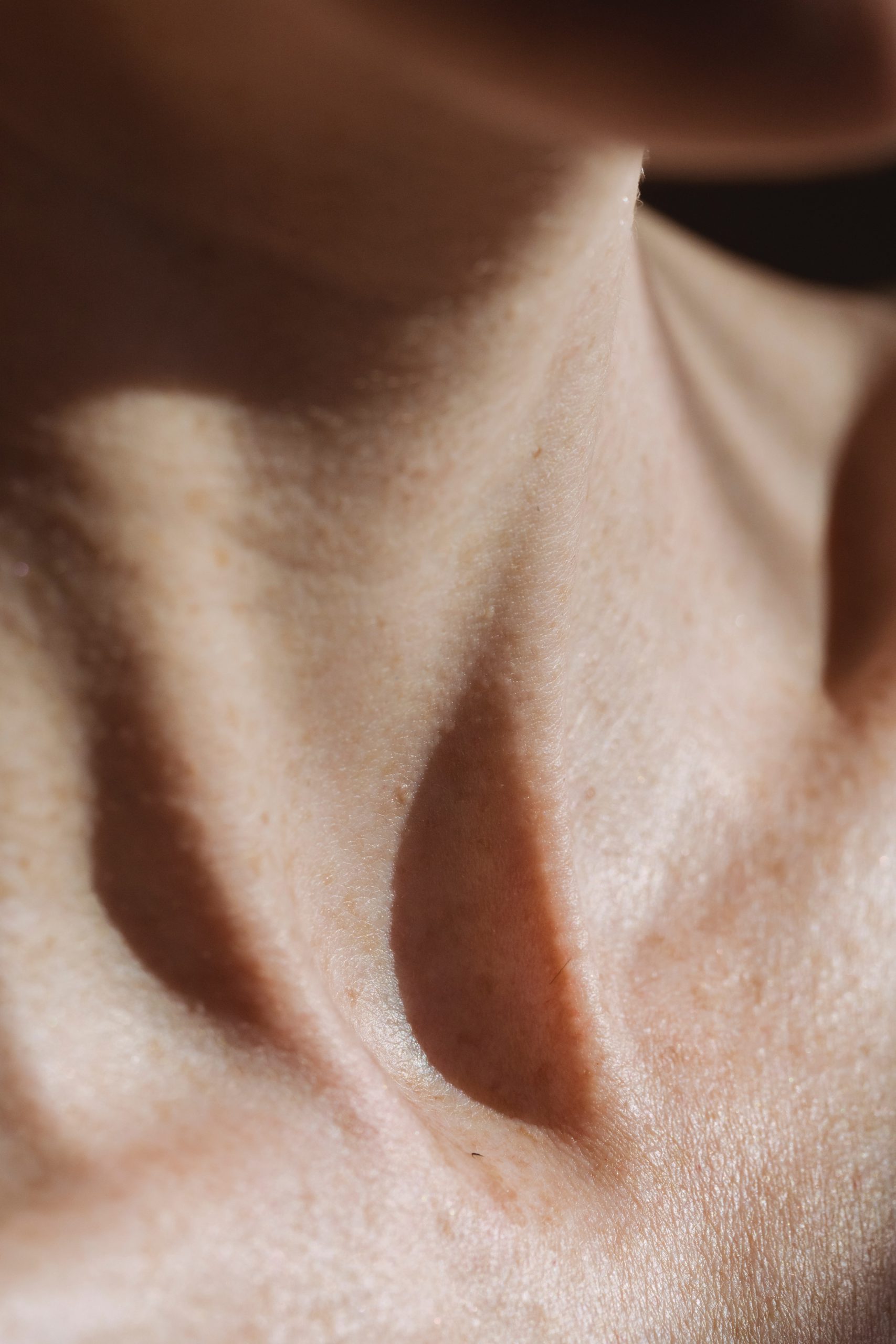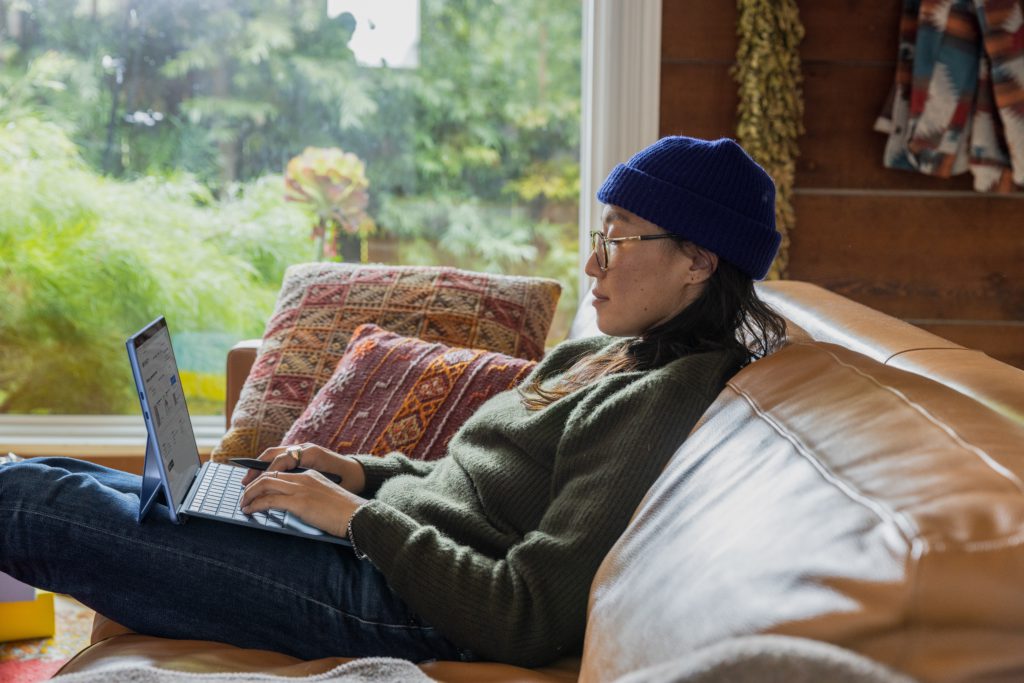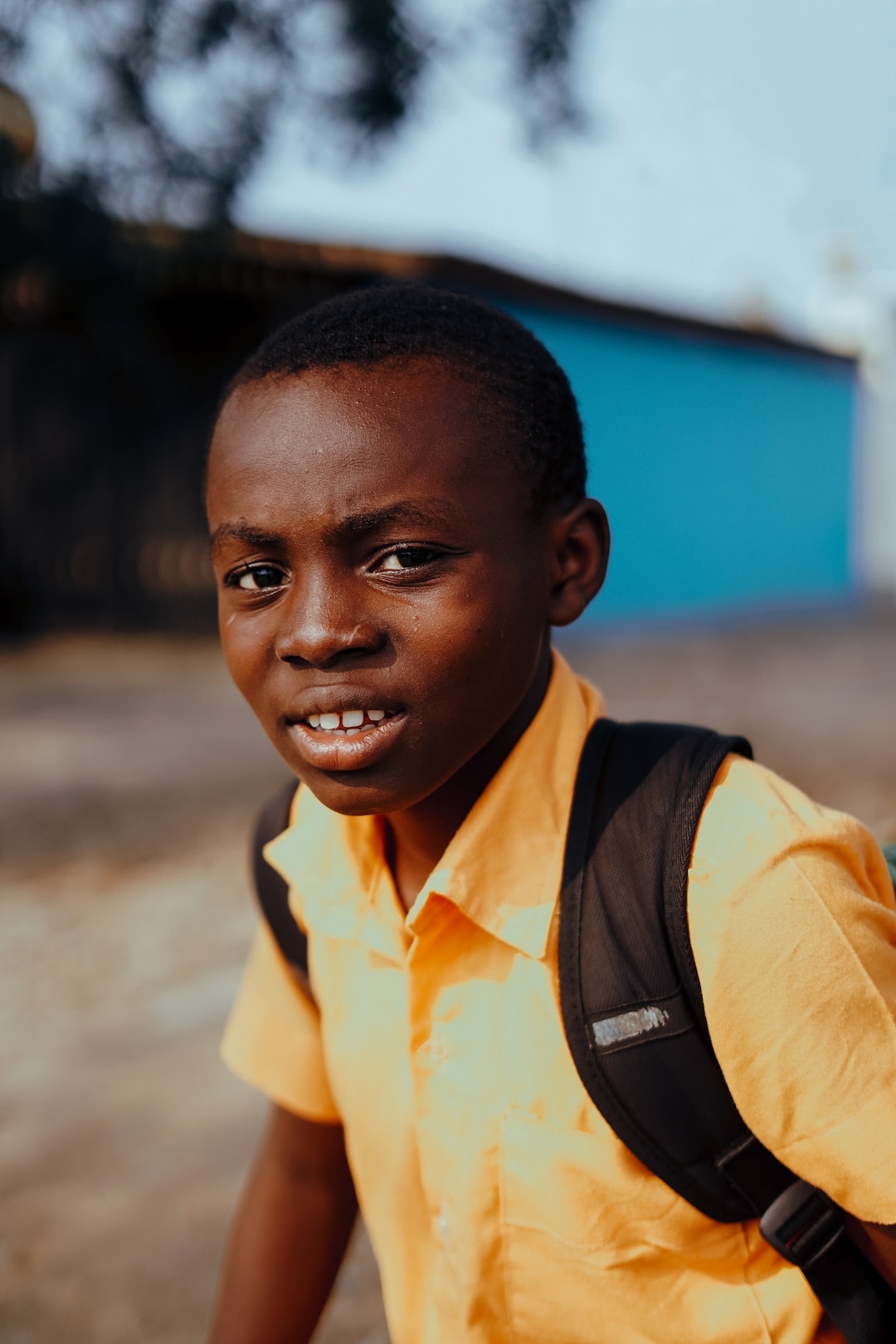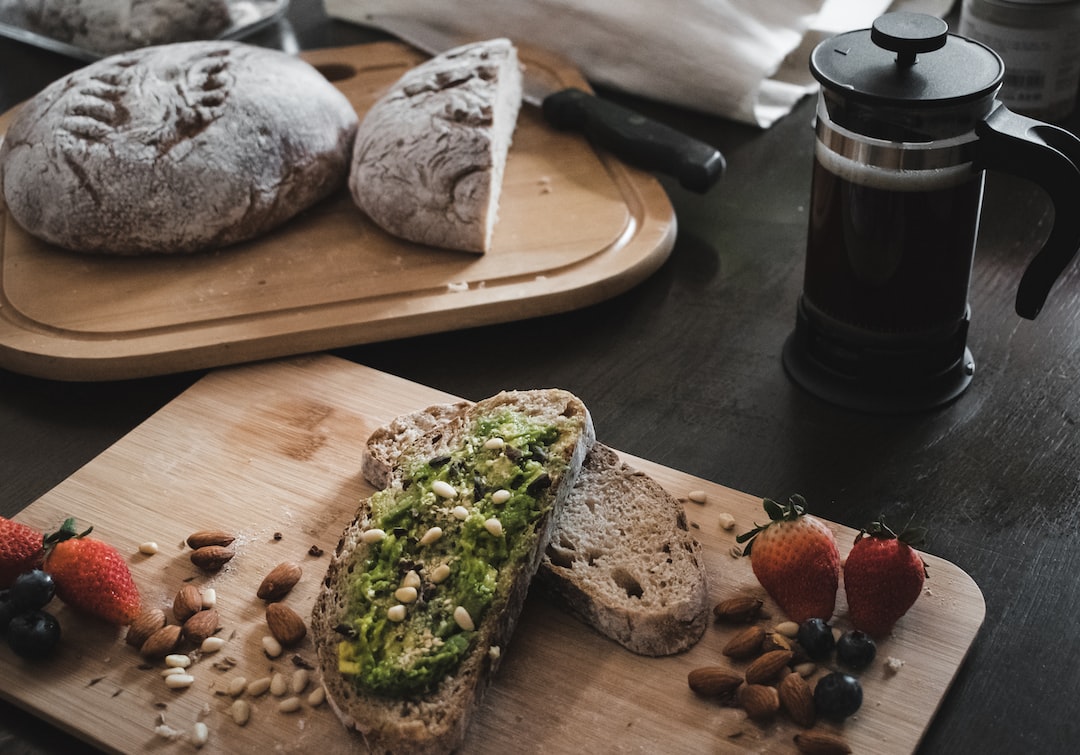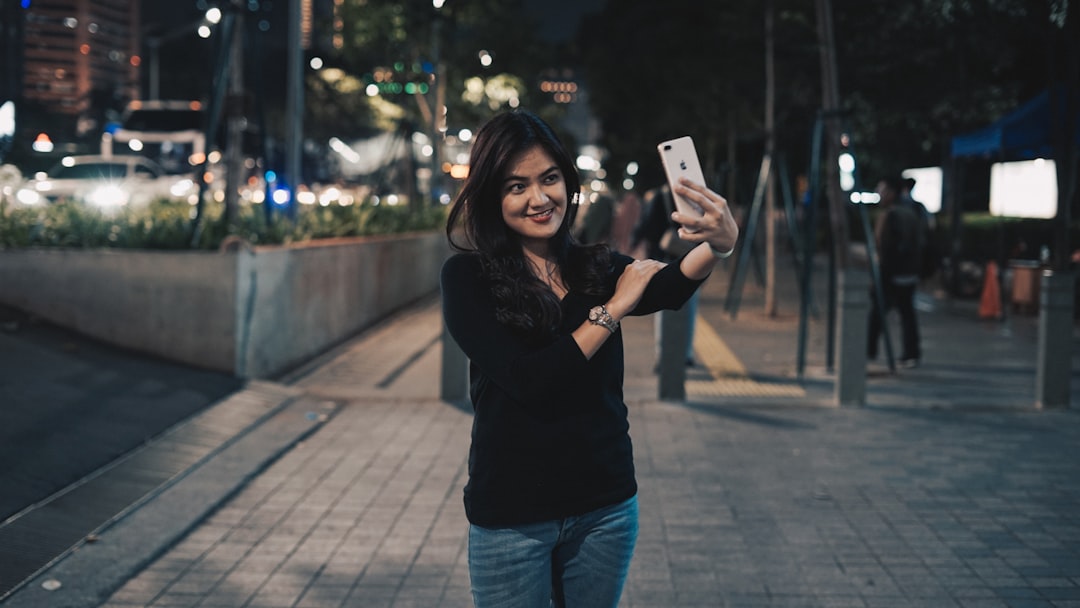Key Takeaways:
- Colonial mentality, shaped by centuries of Spanish and American colonial rule, continues to influence the beliefs and experiences of Filipino Americans.
- Colorism and the preference for lighter skin, inherited from colonial standards, perpetuate harmful beauty standards and self-esteem issues.
- The erasure of native languages like Tagalog contributes to a loss of cultural heritage and affects psychological well-being.
- The cultural preference for white partners reflects internalized racism and the perception that marrying white is seen as “marrying up.”
- Filipino Americans often face invisibility and underrepresentation in media and political spaces, despite being the second-largest Asian American group in the United States.
- Recognizing and challenging colonial mentality is crucial for Filipino Americans to foster self-acceptance, cultural pride, and social change.
Introduction:
Colonialism leaves an indelible mark on the identity and everyday lives of those it subjugates. For Filipino Americans, the legacy of Spanish and American colonial rule has shaped their beliefs, experiences, and perceptions. In this article, we delve into the concept of colonial mentality and its enduring impact on Filipino American communities. From colorism and language loss to racial preferences and invisibility, we explore the multifaceted effects of colonialism on the Filipino American psyche. By recognizing and understanding these influences, we can pave the way for healing, self-acceptance, and cultural empowerment.
Skin Color: The Weight of Colorism:
Subheading: A Reflection of Colorism and Beauty Standards
Colorism, the belief that lighter skin is superior to darker skin within communities of color, is deeply entrenched in Filipino culture. This preference for lighter skin can be traced back to colonial standards that associated dark skin with poverty and light skin with privilege. The influence of colorism is evident in the popularity of skin whitening products in the Philippines, where maintaining light skin is considered a means of avoiding the stigma associated with the underclass.
Subheading: The Evolution of Colorism in Filipino American Communities
While colorism may not be as stark among Filipino Americans due to the influence of different systems of white supremacy and colorism in the United States, its impact is still felt. Jokes about dark skin and societal pressures to conform to Eurocentric beauty standards persist, affecting the self-esteem and well-being of individuals within the community. Embracing natural skin color and challenging the harmful effects of skin color comments are essential steps towards dismantling colonial mentality.
Language Loss: Disconnecting from Cultural Heritage:
Subheading: The Neglected Importance of Native Languages
The loss of native languages, such as Tagalog, among Filipino Americans is a consequence of colonial history and the desire for assimilation. English became the official language of the Philippines during the American colonial period, leading to the prioritization of English over native languages. For many Filipino American immigrants and their children, the diminishing importance of Tagalog represents a disconnection from their cultural heritage and contributes to a loss of self-esteem and a sense of identity.
Subheading: Rediscovering Filipino Languages and Cultural Pride
Reclaiming native languages is essential for preserving cultural heritage and fostering a stronger sense of self among Filipino Americans. Learning Tagalog or other Filipino languages can serve as a bridge between generations, helping to maintain familial connections and empower individuals within the community. Resources such as books, language-learning platforms, and interactions with fluent family members and friends offer opportunities to reconnect with Filipino languages and strengthen cultural pride.
Racial Preferences: Unpacking Internalized Racism:
Subheading: White as the Standard of Desirability
The cultural preference for white partners among some Filipino
.


